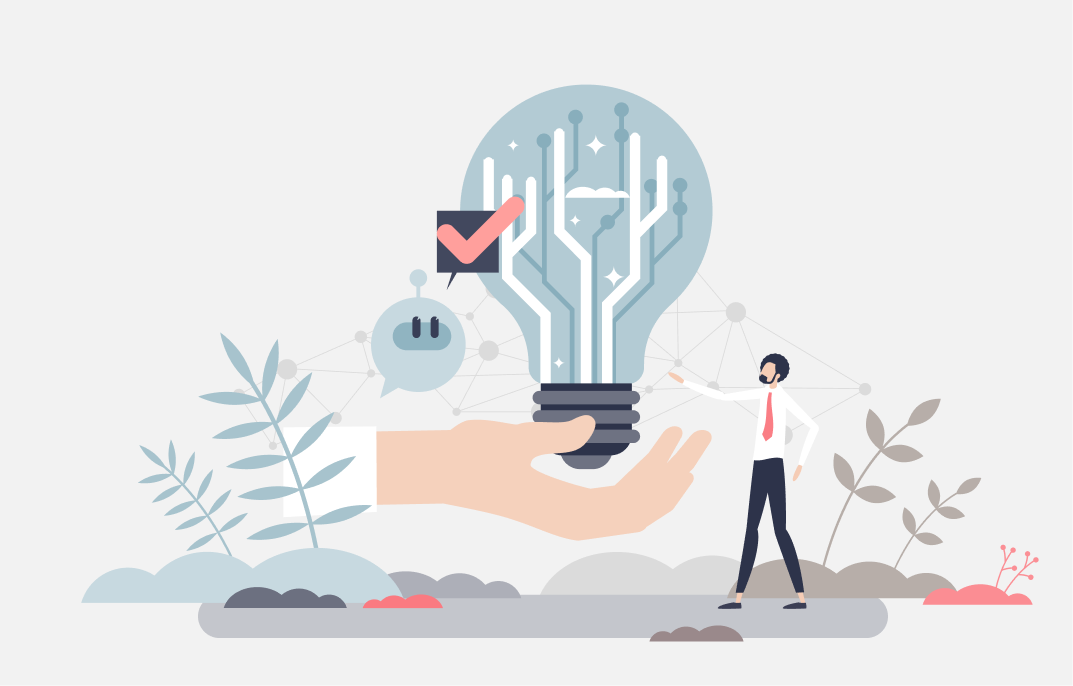In the fast-paced world of startups, the success or failure of a product often hinges on its user experience (UX) and user interface (UI) design. Startups, with their limited resources and high stakes, must focus on creating digital products that are not only functional but also intuitive, engaging, and visually appealing. Effective UI/UX design can be a game-changer, differentiating a startup from its competitors and driving user adoption and loyalty. In this article, we’ll explore five key principles of effective UI/UX design that every startup should consider to ensure their product meets the needs and expectations of their target audience.
%20(1).avif)
1. User-Centered Design: Prioritize the User’s Needs
At the heart of effective UI/UX design is a deep understanding of the user. User-centered design (UCD) is a process that puts the user at the forefront of every design decision, ensuring that the product is tailored to their needs, preferences, and behaviors. For startups, adopting a user-centered approach can mean the difference between a product that resonates with its audience and one that falls flat.

Understanding Your Users
To create a product that truly meets the needs of its users, startups must first understand who their users are. This involves conducting thorough user research, including methods such as surveys, interviews, and usability testing. By gathering insights into users’ goals, pain points, and behaviors, startups can build personas that represent their target audience. These personas serve as a reference throughout the design process, guiding decisions and ensuring that the product aligns with users' needs.
Iterative Design Process
User-centered design is not a one-time effort; it is an ongoing process of iteration and improvement. Startups should embrace an iterative design approach, where designs are continually tested and refined based on user feedback. This allows startups to identify and address usability issues early, ensuring that the final product is both functional and delightful to use.
Empathy in Design
Empathy is a crucial component of user-centered design. Designers must put themselves in the users’ shoes, understanding their emotions, frustrations, and desires. By designing with empathy, startups can create products that not only solve users’ problems but also provide a positive and emotionally satisfying experience.
In the startup world, intuitive UI/UX design isn’t just an advantage — it's a necessity for survival and growth.
2. Simplicity and Clarity: Keep it Simple and Intuitive
In the world of UI/UX design, simplicity is a virtue. A simple, intuitive design can make the difference between a product that is easy to use and one that is confusing and frustrating. Startups, in particular, must prioritize simplicity in their design to ensure that their product is accessible to a broad audience.
Minimalist Design
Minimalism in UI/UX design is about stripping away unnecessary elements and focusing on the essentials. A minimalist design reduces cognitive load, allowing users to focus on the task at hand without being overwhelmed by extraneous information. For startups, this means avoiding clutter, using clean and straightforward layouts, and ensuring that every element on the screen has a clear purpose.
Clear Visual Hierarchy
A clear visual hierarchy is essential for guiding users through a product’s interface. By organizing content in a way that reflects its importance, startups can help users quickly find the information they need and complete tasks efficiently. This can be achieved through the use of typography, color, contrast, and spacing to create a hierarchy that is both visually appealing and functional.
Intuitive Navigation
Navigation is a critical aspect of UI/UX design, and it should be as intuitive as possible. Users should be able to move through the product effortlessly, with clear pathways to the most important features and content. Startups should focus on creating a navigation system that is logical, consistent, and easy to understand, ensuring that users can find what they need with minimal effort.

3. Consistency: Create a Cohesive Experience
Consistency is a fundamental principle of effective UI/UX design, particularly for startups that are building a brand and establishing a presence in the market. A consistent design ensures that all elements of the product work together to create a cohesive and unified experience.
Visual Consistency
Visual consistency involves using a unified design language across all parts of the product. This includes consistent use of colors, typography, iconography, and spacing. By maintaining visual consistency, startups can create a product that feels polished and professional, reinforcing the brand’s identity and making the product easier to use.
Functional Consistency
Functional consistency refers to ensuring that similar actions and elements behave in the same way throughout the product. For example, buttons should look and behave consistently, and navigation patterns should be the same across different sections of the product. Functional consistency reduces the learning curve for users, as they can apply their knowledge of one part of the product to other parts, resulting in a more intuitive experience.
Consistency Across Platforms
For startups offering products on multiple platforms (e.g., web, mobile, tablet), it’s crucial to maintain consistency across these platforms. While the design may need to be adapted to the specific requirements of each platform, the overall experience should remain consistent. This ensures that users can seamlessly transition between platforms without having to relearn the product.


4. Accessibility: Design for All Users
Accessibility is an essential aspect of UI/UX design that startups cannot afford to overlook. Designing for accessibility means creating products that are usable by people with a wide range of abilities and disabilities. By prioritizing accessibility, startups can reach a broader audience and demonstrate a commitment to inclusivity.
Inclusive Design
Inclusive design is about considering the needs of all users, including those with disabilities. This involves designing interfaces that are usable by people with visual, auditory, motor, or cognitive impairments. Startups should follow established accessibility guidelines, such as the Web Content Accessibility Guidelines (WCAG), to ensure that their products are accessible to as many users as possible.
Keyboard and Screen Reader Support
Many users with disabilities rely on assistive technologies, such as screen readers and keyboard navigation, to interact with digital products. Startups should ensure that their products are fully compatible with these technologies, providing alternative text for images, using semantic HTML, and enabling keyboard shortcuts for navigation.
Color Contrast and Readability
Color contrast is a critical aspect of accessibility, as it affects text's readability and UI elements' visibility. Startups should use high-contrast color combinations to ensure that text is easy to read for users with visual impairments. Additionally, font sizes should be large enough to be legible on all devices, and users should be able to adjust text size if needed.

5. Emotional Design: Engage and Delight Users
While functionality and usability are essential components of UI/UX design, startups should also consider the emotional impact of their product. Emotional design is about connecting with users by evoking positive emotions, such as joy, trust, and satisfaction.
Visual Appeal
Visual design plays a significant role in creating an emotional connection with users. A visually appealing interface can make a product more engaging and enjoyable to use. Startups should focus on creating a design that is not only functional but also aesthetically pleasing, using colors, images, and animations that resonate with their target audience.
Microinteractions
Microinteractions are small, subtle animations or responses that occur in response to user actions, such as clicking a button or receiving a notification. These interactions add personality to the product and can create moments of delight for users. For example, a playful animation when completing a task can make the experience more enjoyable and memorable.
Personalization
Personalization is a powerful tool for creating an emotional connection with users. By tailoring the experience to individual users, startups can make their product feel more relevant and engaging. This can include personalized content recommendations, customized user interfaces, and adaptive learning experiences that evolve based on user behavior.

Effective UI/UX design blends functionality with emotional engagement, turning first-time users into loyal advocates.

Conclusion
For startups, effective UI/UX design is not just a nice-to-have—it’s a critical factor in the success of their product. By focusing on user-centered design, simplicity, consistency, accessibility, and emotional engagement, startups can create digital products that stand out in the market and resonate with their target audience. These five key principles provide a solid foundation for building a product that is not only functional but also delightful to use, ensuring that users keep coming back for more.
Heading 1
Heading 2
Heading 3
Heading 4
Heading 5
Heading 6
Lorem ipsum dolor sit amet, consectetur adipiscing elit, sed do eiusmod tempor incididunt ut labore et dolore magna aliqua. Ut enim ad minim veniam, quis nostrud exercitation ullamco laboris nisi ut aliquip ex ea commodo consequat. Duis aute irure dolor in reprehenderit in voluptate velit esse cillum dolore eu fugiat nulla pariatur.
Block quote
Ordered list
- Item 1
- Item 2
- Item 3
Unordered list
- Item A
- Item B
- Item C
Bold text
Emphasis
Superscript
Subscript







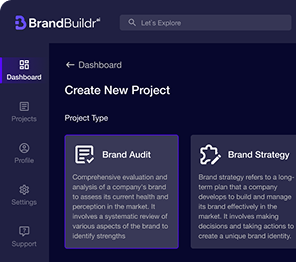
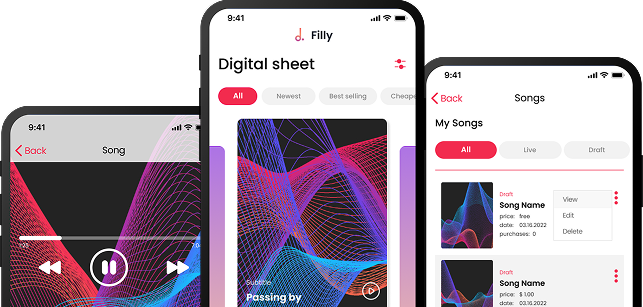










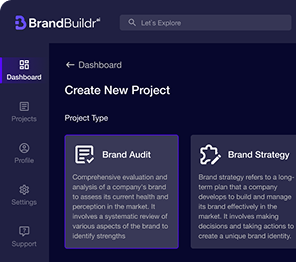

.avif)

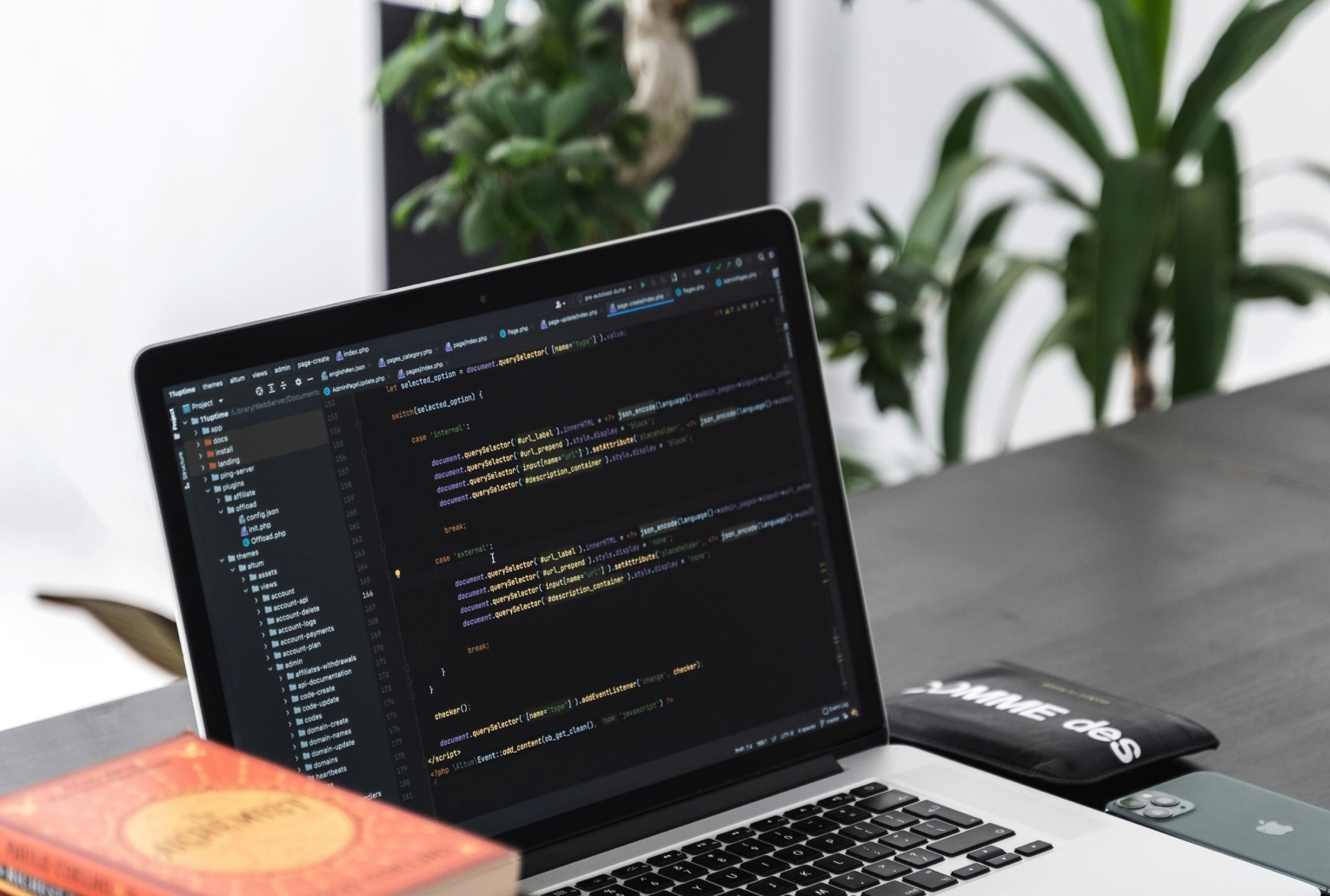

.avif)

.avif)
